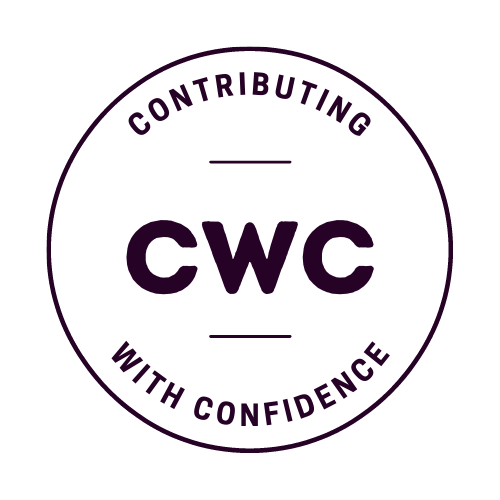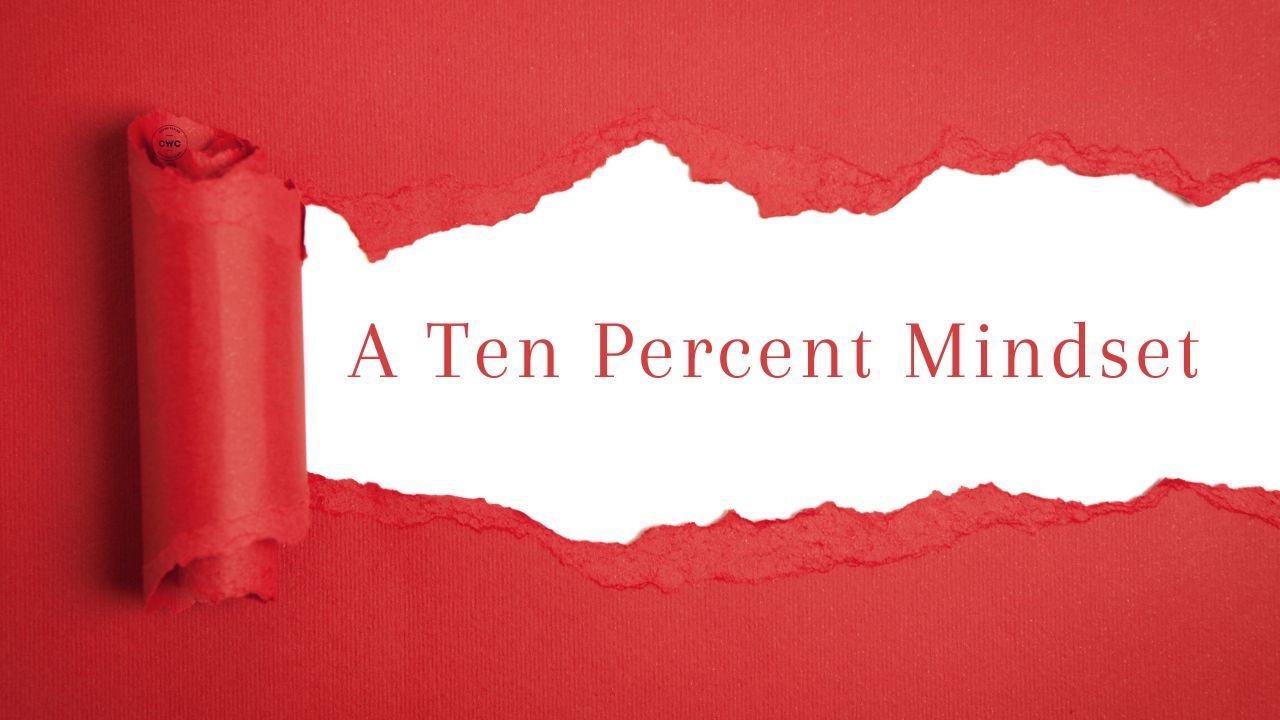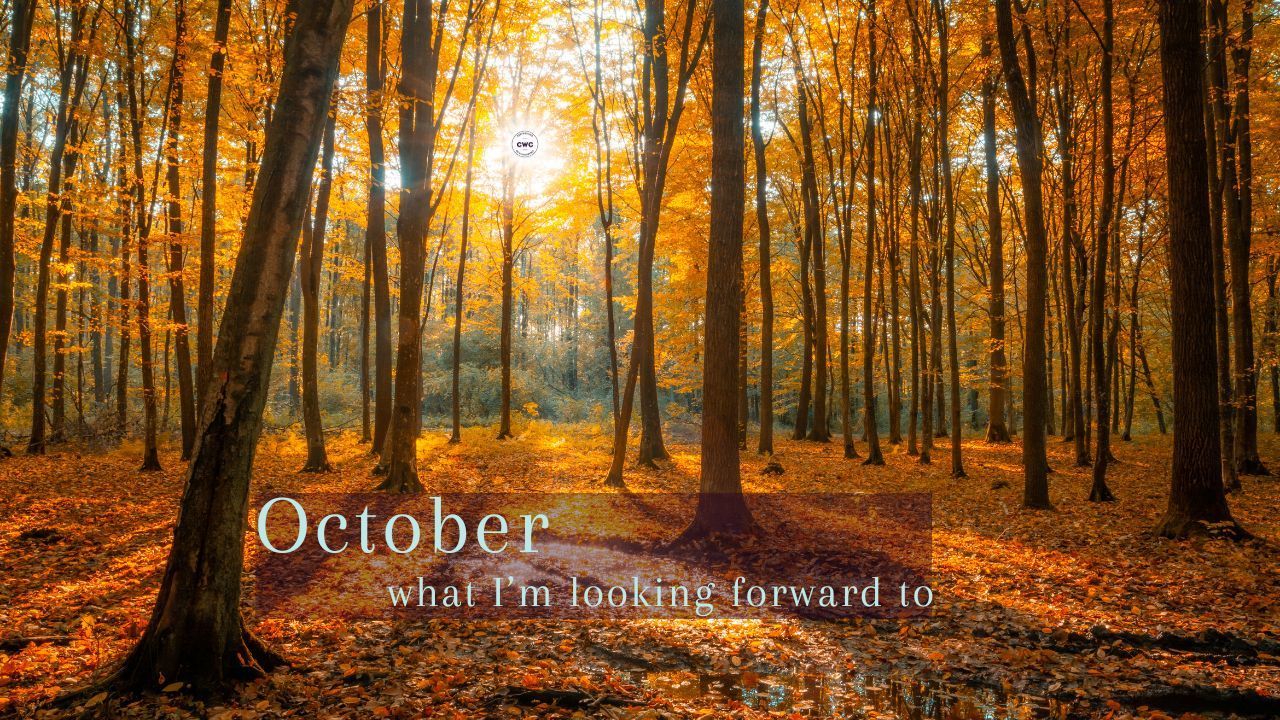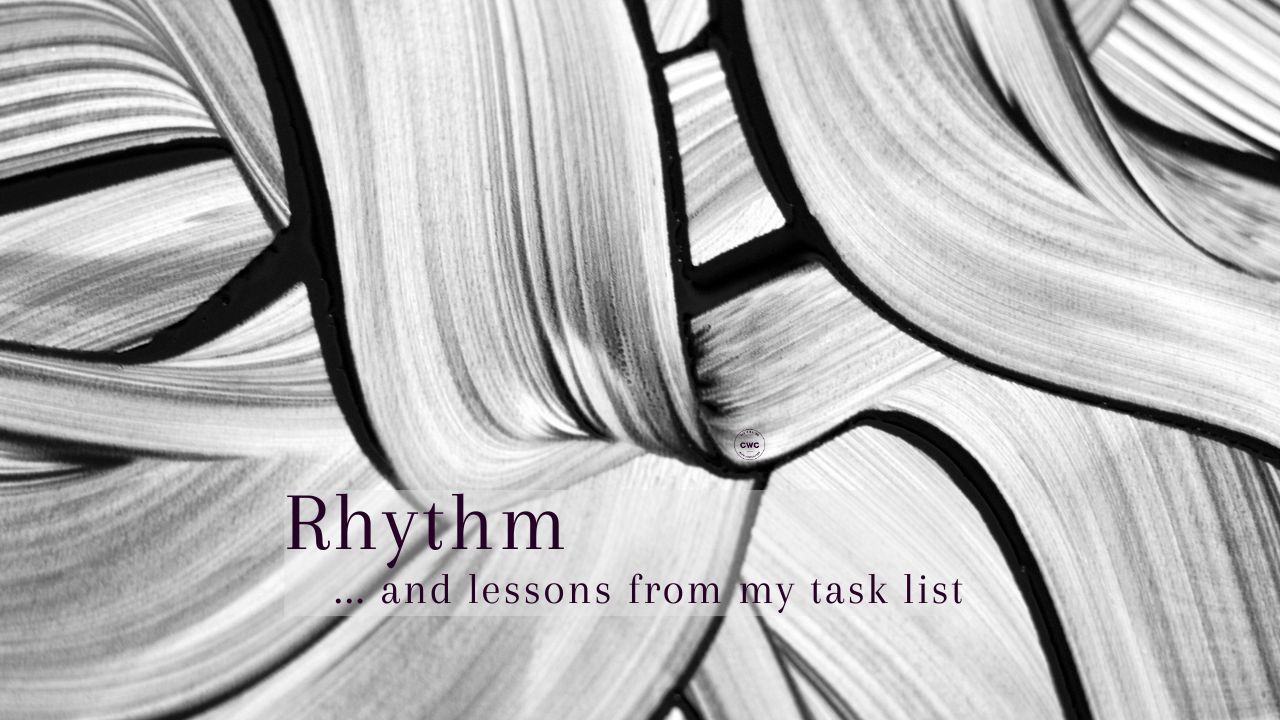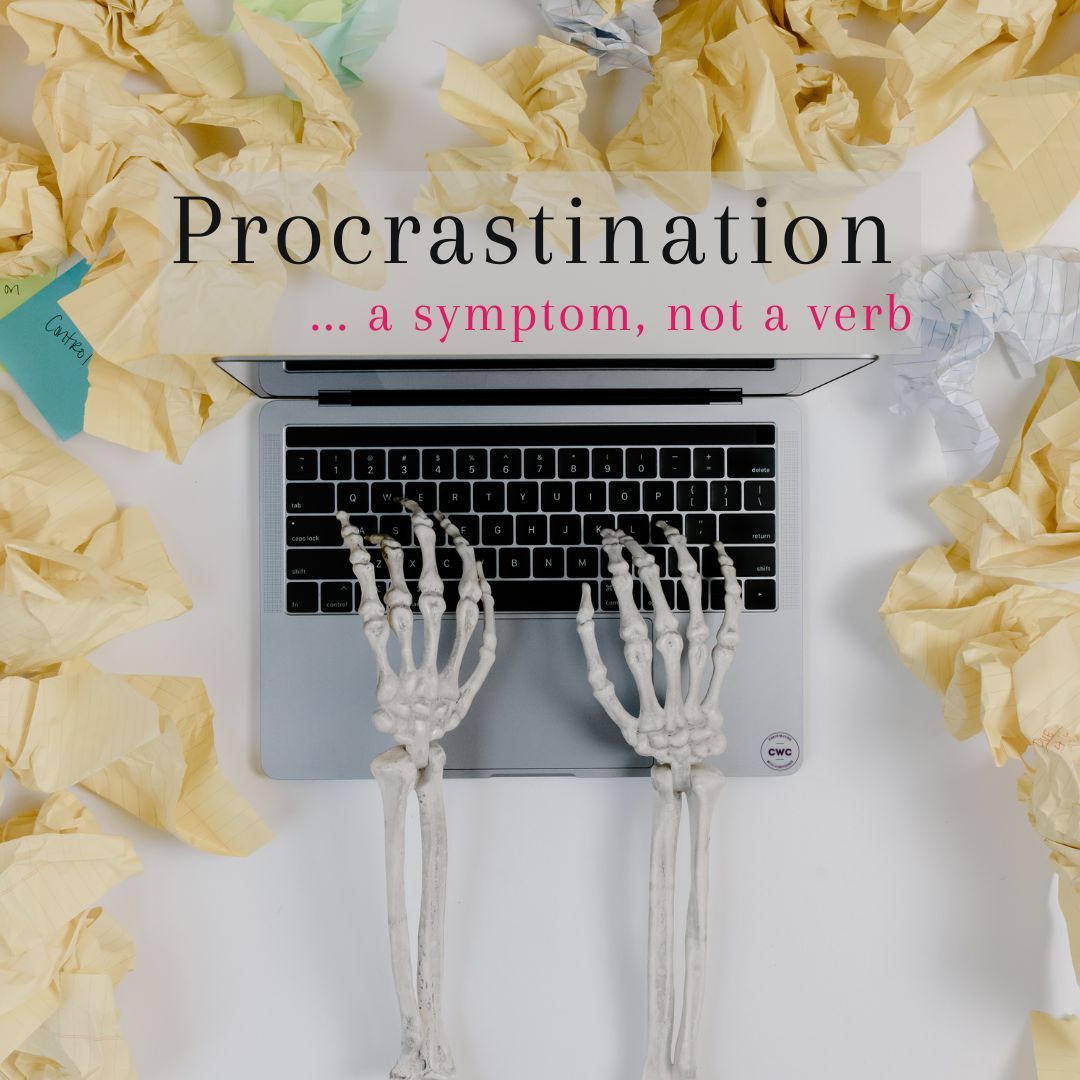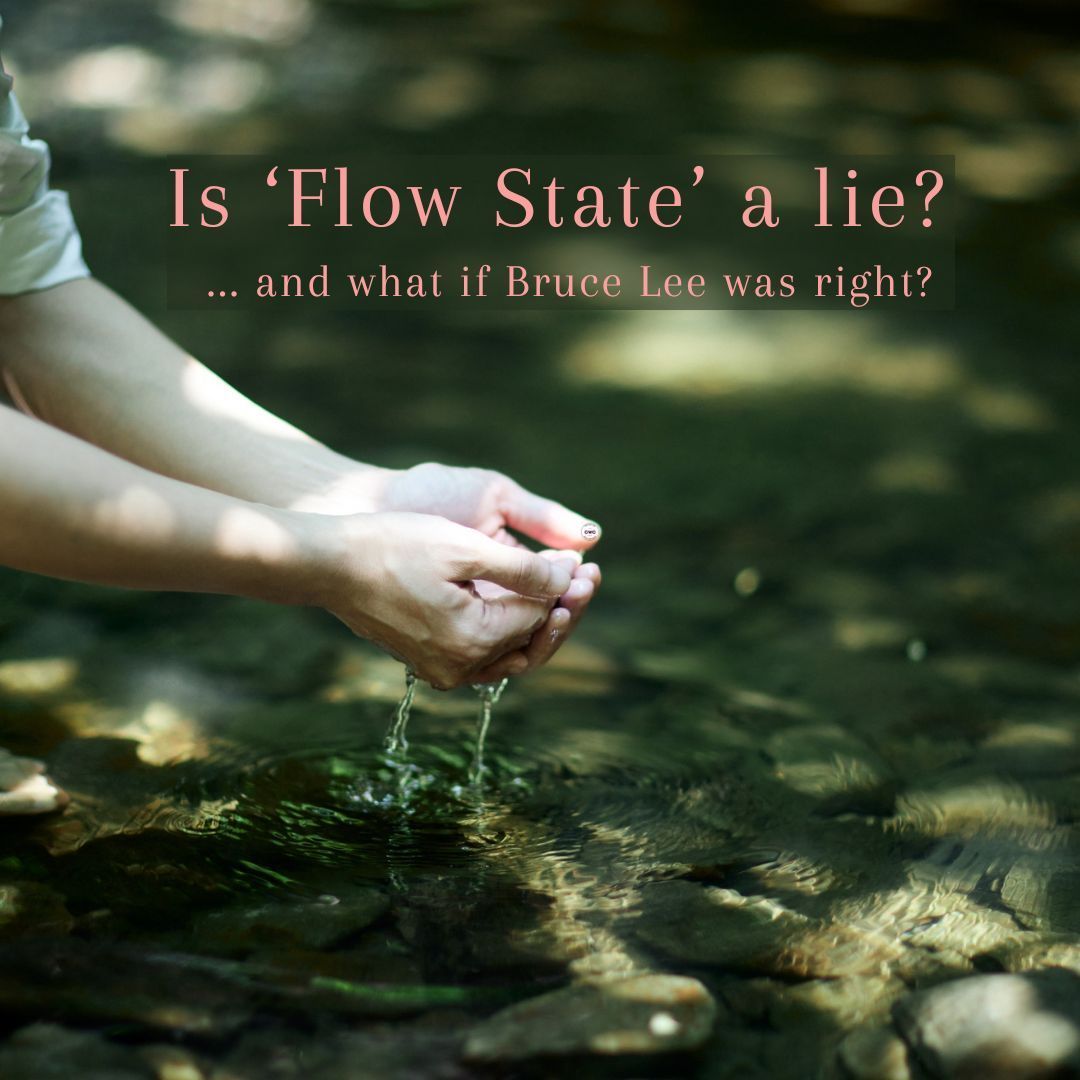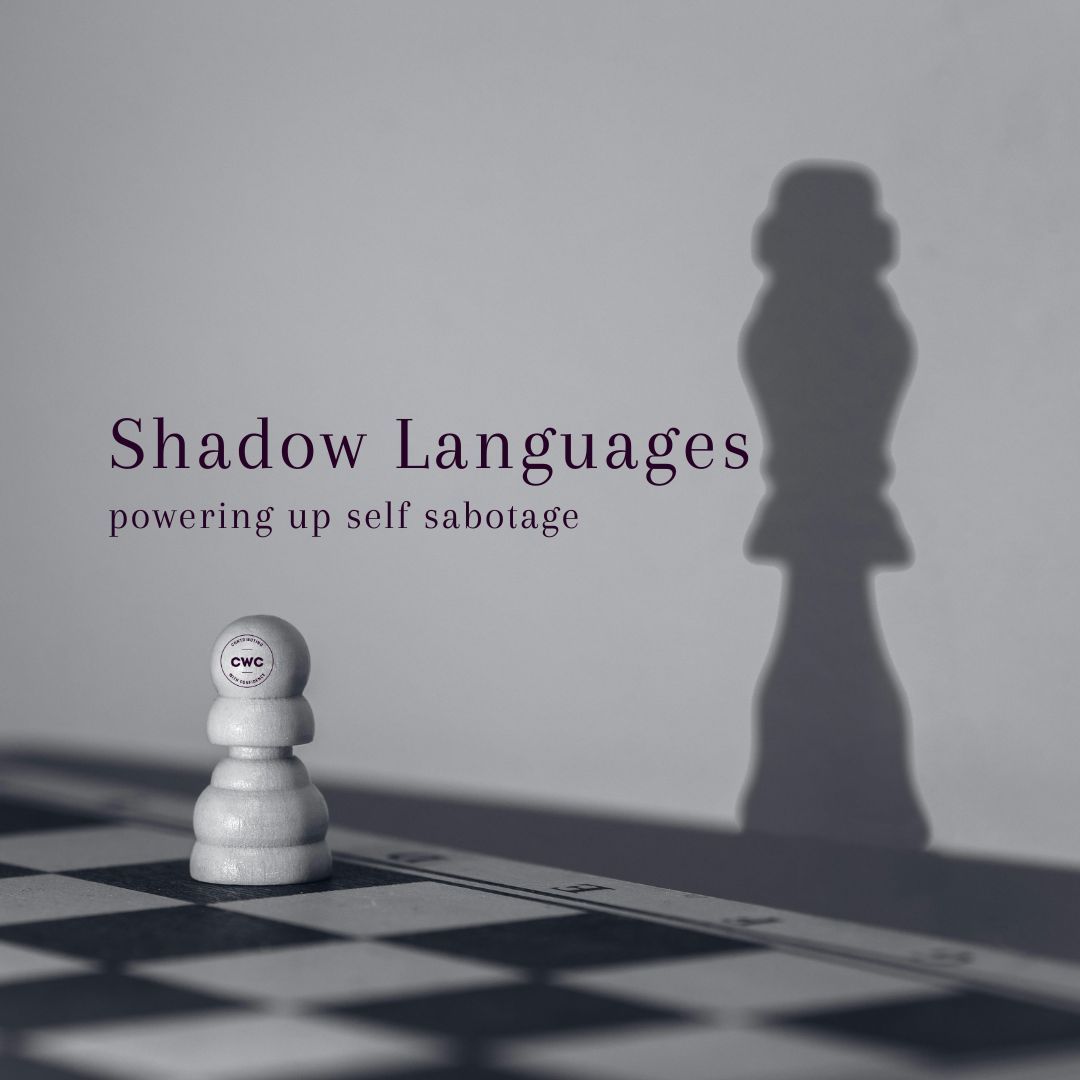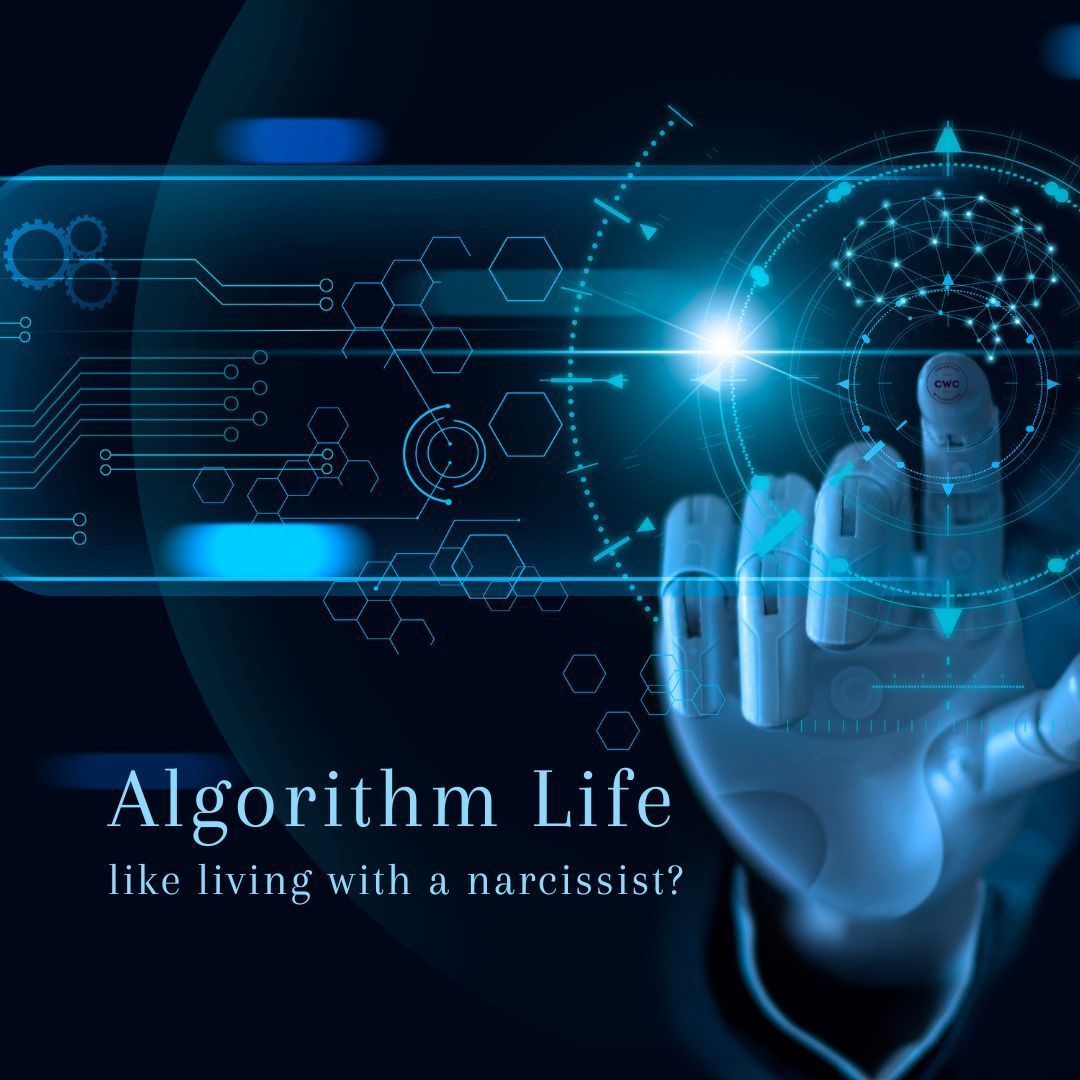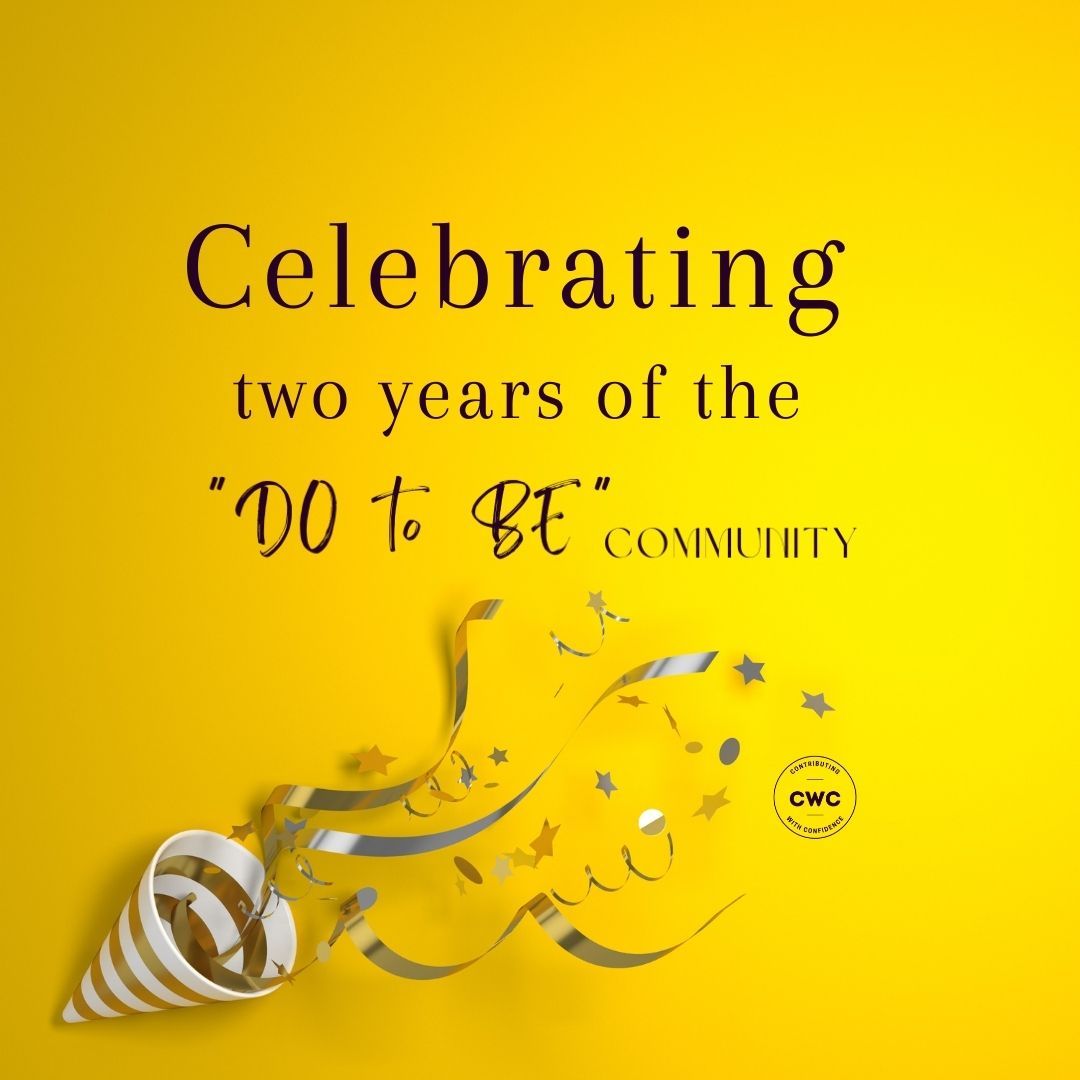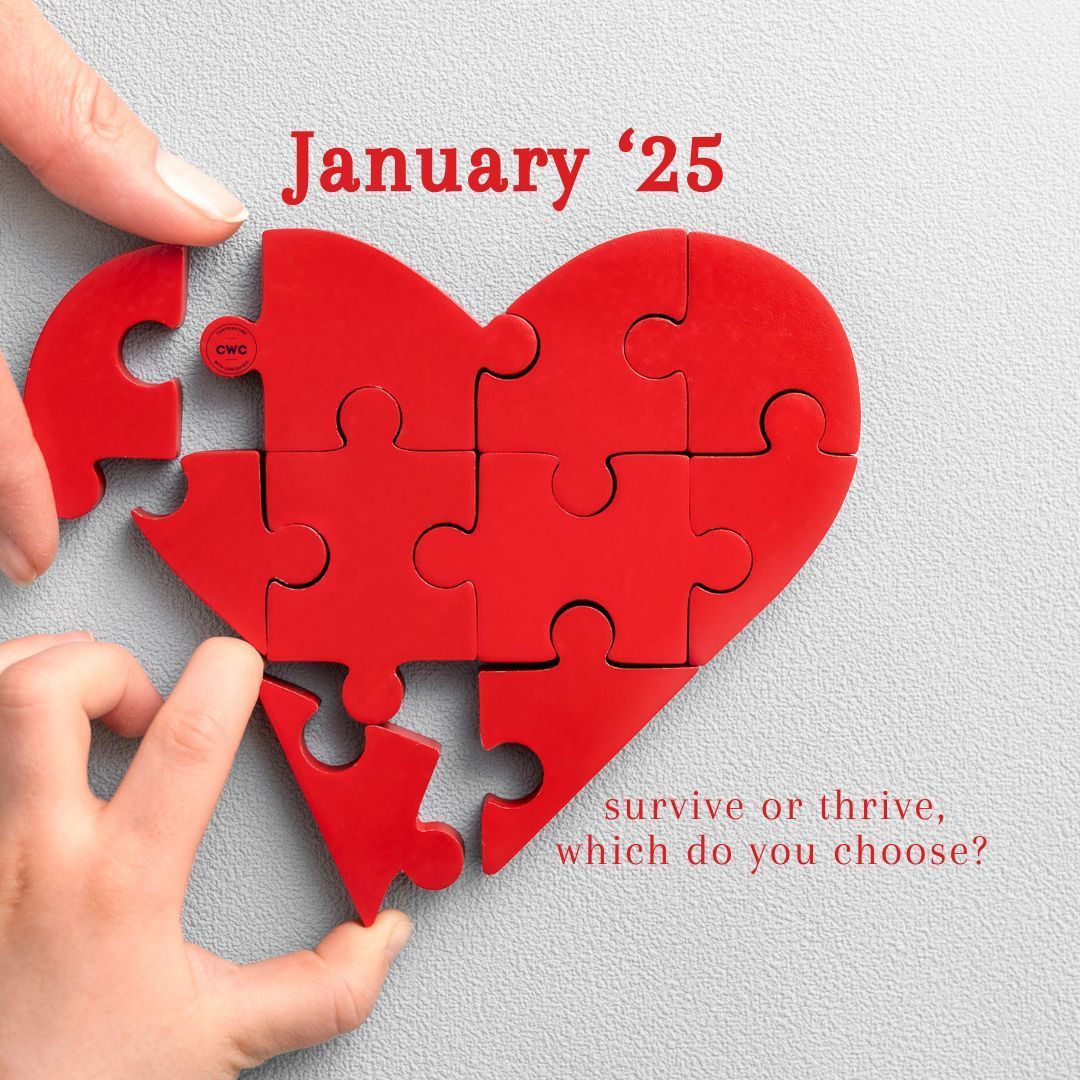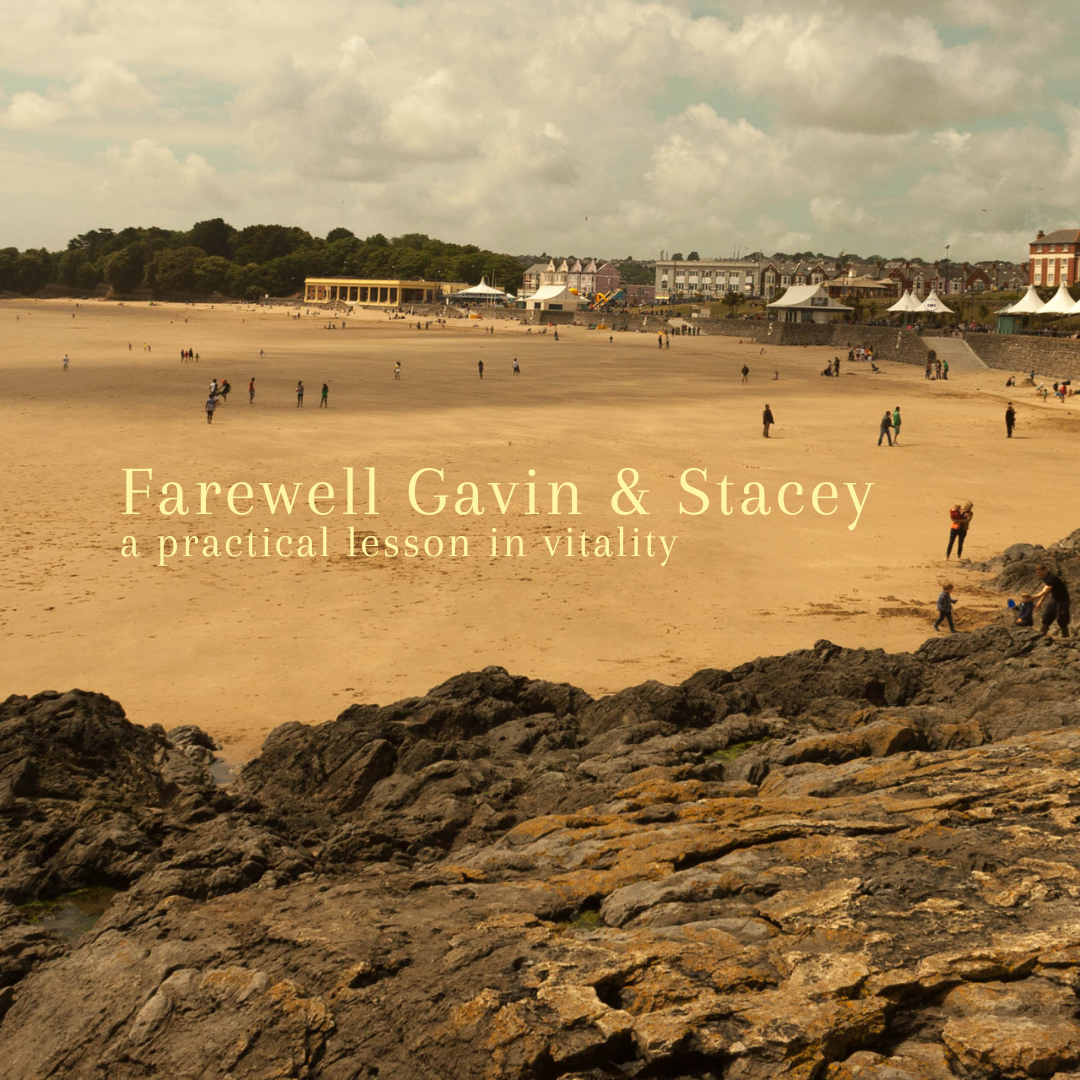Vitality, the key to Sustainability
Introducing The Vitality Triangle
Over the (many) years of working in development I have often reflected on what makes a project sustainable.
One of the things I noticed when on grant funding panels is how the self-written applications from small organisations had a certain sparkly, vital energy that was largely absent in the bids from larger organisations and those written by professional bid writers.
Then, on a day when I particularly frustrated with the poor communications going on around a flat-lining project, that it hit me – the successful projects have ‘connection’! And when connection is added to the more obvious elements of ‘purpose’ and ‘capacity’, then there is that quality of ‘vitality’ and tadaaaa! I had a unique framework.
You can’t begin to imagine the excitement when after a bit of playing about I realised that this framework also works for the organisation and personal levels…
The triangle is balanced on the sharp edge, because for greatest sustainability, careful balance is required.

Whilst looking after yourself and prioritising your needs is seriously important, it is very important not to take yourself too seriously.
Weaving in a bit of playful energy is a great way to increase vitality.
What does the vitality triangle reveal on the personal level?
The three corners are quite fun to play about with. Everyone is different, and our individual circumstances change throughout each day, week, month, season, role, project, situation and so on.
Only we know the right answers about what vitality means to us in any moment. It is well worth taking time to really tune in to our quiet, deeper selves and learn to deeply trust that we really do know what is best for us. This is the key to acting with vitality and delivering sustainable projects that feel purposeful to you.
Purpose
Purpose is all about the need and benefits of an activity, whether they are for you, or for someone or something else. It underpins everything.
The main question here is ‘why are you doing that?’.
What are the permits for action? In an organisation there is probably a written statement somewhere or a governing document. For us as individuals, we have beliefs and values; available time and energy; wants and desires.
We also need to have an awareness about how much is enough. ‘Enough’ is a Danish concept that runs alongside, and is more important than, ‘hygge’. It is less well known, possibly because we’ll stop buying candles, blankets and chunky knit jumpers once we decide we have sufficient equipment to achieve hygge. However, as William Blake said, ‘You never know what is enough unless you know what is more than enough’ so go easy with yourself if you are still learning about what ‘more than enough’ means for you.
Other interesting ideas to play about with: ‘I want to’ is a need; whereas ‘I should’ is probably not about any of your needs.
Are you feeling anxiety about the concept of your Life’s ‘one true purpose’?
I certainly have done in the past.
Some people know they have a lifetime calling.
As a child, I remember learning and reading about inspirational women like Florence Nightingale and Marie Curie, recognising their lifelong devotion to their calling, and being told that one day, I too would get mine. Nowadays, listening to coaches, I am being told quite often that I have a ‘Life Purpose’ and that if I were to create a movie or show reel of my life, the theme will be there, running through it like letters through a stick of rock…
Whilst waiting, I have got pretty persistent with more transient interests. I have come to realise that it is perfectly valid to have a series of purposeful activities that bring fulfilment. Sometimes these can run concurrently, especially if raising small humans is one of them.
It is such a fascinating topic and right now, I am fighting against the urge to share a fistful of inspiring books about the magic of ideas, and developing your sense of purpose… I will save that for another day!
The relative grandeur is not as relevant as understanding the purpose of an important interest, and the direction and intent behind pursuing and progressing that interest.
Purpose is a great motivator and an excellent beginning for getting that thing done.
What is your primary motivational purpose right now? What thoughts are occurring to you? Write that down, together with anything else that just came up. This is gold.
Understanding the purpose is good, but to truly get a thing confidently done with vitality, in a sustainable, graceful and fulfilling way, it is important to also understand capacity and connection.
Capacity
This is where you will find your boundaries, the permits for activities and your fields of action where you get your stuff done, well.
Is ‘yes’ the right answer? If it is, how will you take the actions? Can you? By that I mean, do you have the resources, time, and energy available?
When does ‘not yet’ become a ‘yes’? How do you build your capacity? Should you? In all of this ‘no’ is a perfectly valid answer if what is being proposed does not fit with your beliefs and values; available time; or wants and desires.
Connection
Fundamentally, this is about experiences, celebration, and inclusion.
Naturally this includes your network of friends and family, work colleagues and making sure that the people you choose to spend time with leave you feeling good about life, but it is also about receiving.
How do you reward your achievements? And how easily do you receive rewards, treats and compliments from others? How honest are you about what you truly deserve?
What does the vitality triangle reveal for projects and organisations?
The same principles apply, pretty much. In a work setting, we probably take more time with research and broader thinking about the situation and its context. We are more likely to break the work into sensible bite size pieces, with practically spaced steps, like rungs on a ladder, where the first rung is within reach of the ground.
We probably also prioritise that work more easily, unless we fall prey to the pleas and pressures from colleagues & clients: other people’s apparently acutely urgent (‘my world is about to collapse’) priorities, putting us into that space of constantly reacting with no time to do the things that will make a sustainable difference to that most important work – our work. The antidote to that is to block time in the diary, mark yourself busy, turn up and do the work.
Being kind and helpful people who regularly prioritise others before ourselves, we are probably even less likely to prioritise ourselves in project or organisational development work, instead subsuming ourselves to the performance roles we play, which is why I think the vitality triangle is so important.
Collect the treasure: using the contrast of you in work mode, what have you just noticed about your personal vitality, purpose, capacity and connection? Note any personal and work observations that just popped up (write them down or lose them forever…).
So, how is your vitality triangle?
Is it poised, seemingly effortlessly, on a sharp point of purpose? Or are some of the corners a bit faded and jaded? Perhaps your triangle is a bit obtuse? To be honest, I’m going to be a bit worried about you if your triangle is a perfect equilateral…
There is no shame, blame or hierarchy in this. Everyone has something going on in their lives, and most people have had unwanted challenges in their past, the things that build up a person’s story.
What’s your story and what have your unwanted challenges been? What skills did you learn as you integrated them into your life? Is some of it still a work in progress? Can you see how they may be affecting the corners of your vitality?
How to overcome your unique situation, as you deliver your project
Obviously, we all have differing degrees of ‘stuff’ that we have encountered in life, and most of us are doing our best whilst fighting with cruddy residue on some level. However, rather than resisting it, there are some better ways of being, starting with paying attention to how our responses to past experiences may be holding us back by affecting our way of being in our present lives.
For now, all you need to be doing is noticing the patterns a bit more, so that in the future you can choose to act differently.
Then consider each corner of the triangle: lean into your purpose a little, reminding yourself about the significance of it all and why you like it, how it makes you feel. What connections do you need to make to begin to sustain or expand your capacity? Which aspects of your capacity are just the right size for you, for now? What have you overlooked celebrating? And so on…
I invite you to gently play with the vitality triangle and consider where and how you can stitch aspects of it into your work, life and surroundings.
We are all a glorious, messy, work in progress and I hope my vitality triangle gives you a helpful perspective as you go about your daily life and work to deliver the projects that matter most to you.
